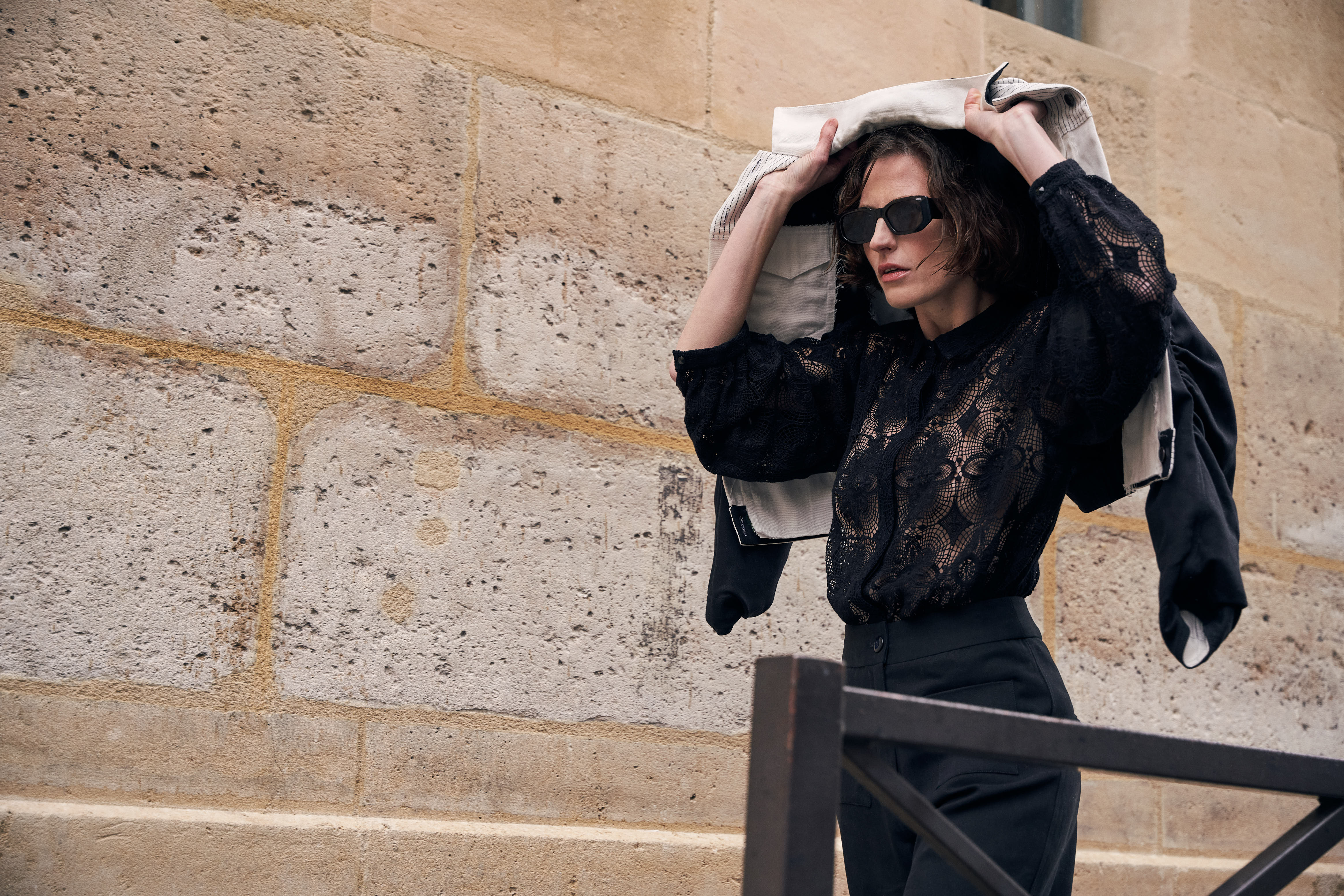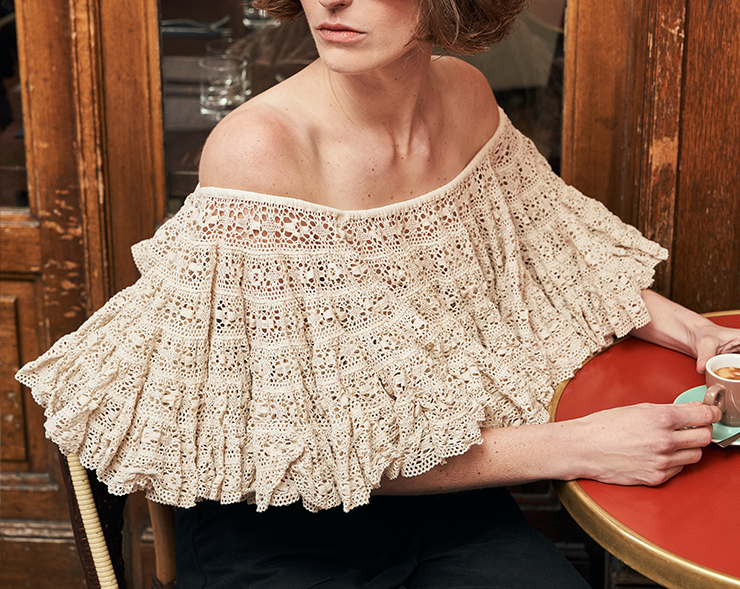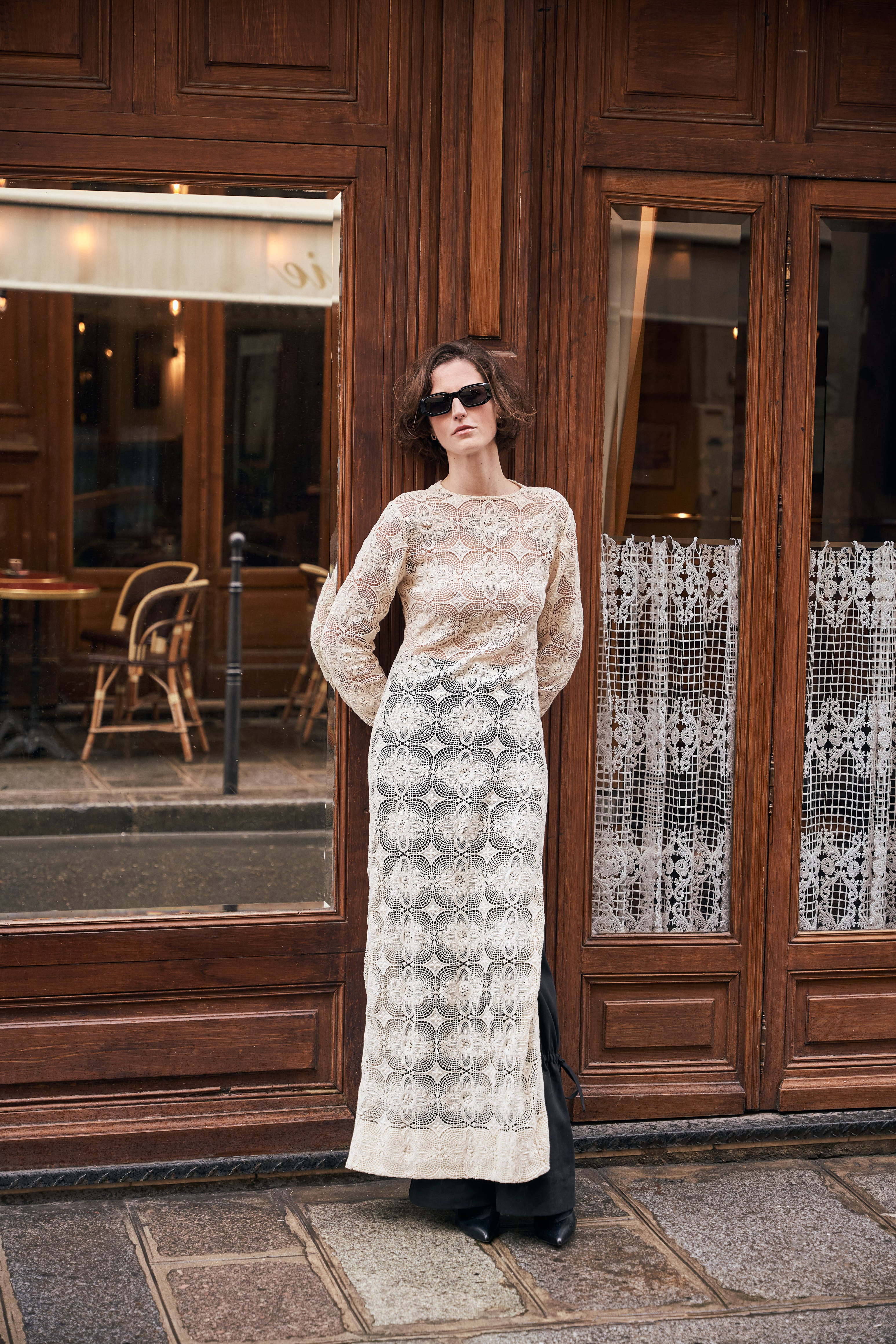
Before Annie Leibovitz, there was John Singer Sargent (1856-1925). The Florence born American painter was to celebrities and aristocracy of his time what the American photographer is to the celebrities of our time. The exhibition Tate Britain is dedicating to the painter reveals Sargent’s ground-breaking role as a stylist, who was carefully fashioning the image his sitters presented to the world through sartorial choices. The exhibition presents 60 paintings by Sargent and, for the first time, some of the garments his models were wearing are presented next to their portrait.

The exhibition shows how the most celebrated portraitist of his time was acting exactly as a fashion director on a fashion shoot, explains the museum. Sargent was not simply painting his subjects as they were. He would collaborate with them to choose the garments and would act as a stylist. “He pulled, wrapped, pinned the fabric for dramatic effect”. He manipulated reality to make it more powerful. He was Instagram before Instagram. Sargent knew how to create a scandal to attract attention. His 1884 Portrait of Madame X shocked the proper Parisian art circles when it was shown at the Salon. The negative reaction prompted Sargent to leave Paris and move to London, encouraged by his friend, the writer Henry James, another expatriate. The cause of the scandal ? An off the shoulder dress strap on the right side which made the portrait more sensual and daring.

Sargent’s portraits are a chronicle of the fashionable high society of the time. His paintings were not simply portraits of the rich and famous. The portraits revealed the personality of some of the most glamorous members of the establishment at the turn of the 20th Century. His work is further explored through photographs, notes from his sitters, garments and drawings. For instance, the portrait of Mrs Fiske Warren and her daughter Rachel is shown alongside photographs showing the painter's process.
Even though Sargent chronicled high society, he retained his freedom as an artist. In some portraits, he plays with what had defined gender for generations. For instance, Dr. Pozzi at home (1881), depicting the aesthete surgeon Samuel-Jean Pozzi in a red dressing gown and Turkish slippers, his long fingers in the belt of his gown, giving the portrait a touch of casual cool, of self assurance. In addition to these portraits from high society, Sargent loved painting performers - singers, dancers, actors.
This exhibition is an opportunity to discover or re-discover “the leading portrait painter of his generation’s” extraordinary talent - even though he also had very staunch critics - and his understanding of what garments say about us, even in a very corseted society like the French and English cultures at the turn of the 20th Century.
- Jean-Sébastien Stehli
Sargent and Fashion. Tate Britain. Until July 7, 2024. tate.org.uk
 La Carmencicita, 1890. Oil paint on canvas. Paris, musée d'Orsay. Photo © Musée d'Orsay, Dist. RMN-Grand Palais / Patrice Schmidt
La Carmencicita, 1890. Oil paint on canvas. Paris, musée d'Orsay. Photo © Musée d'Orsay, Dist. RMN-Grand Palais / Patrice Schmidt






